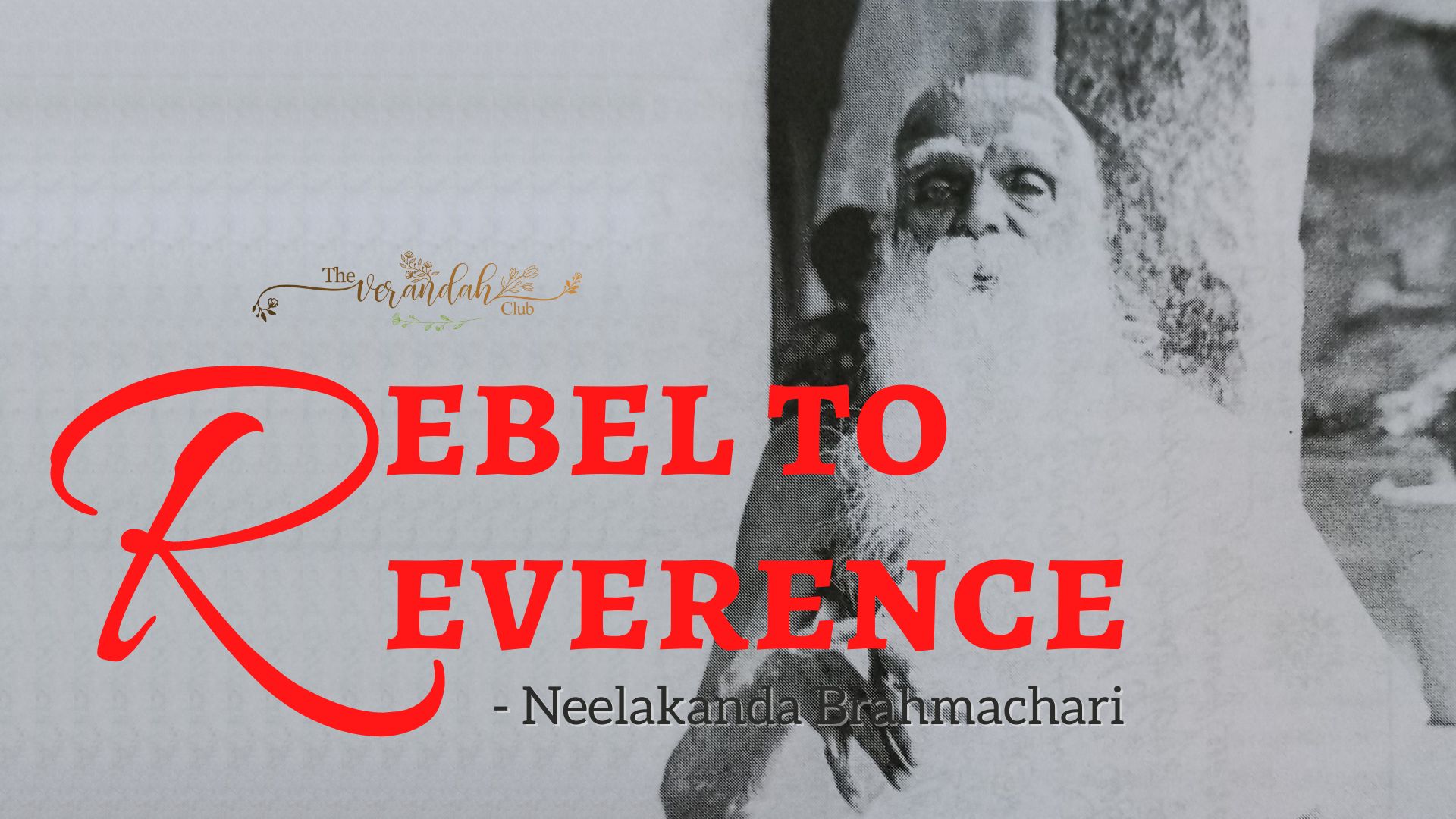
A revolutionary warrior named Neelakanda Brahmachari was a lion's dream for the police of that time in the South. While Bharathiyar and V.O.C followed Tilak and attempted independence through legal means, Neelakanda Brahmachari was the only leader who organized a coup and led the revolution, that is, by secretly raising an army and waging war.
Neelakanda Brahmachari was born into a wealthy Vedic Brahmin family in Erukkur, a village near Sirkazhi in Tanjore district. He came to Chennai in 1907 and entered into politics after being inspired by the speeches of Bipin Chandra Pal and soon became a revolutionary and developed good contact with the Bengal revolutionaries.
At that time, at the instigation of the Kaiser of Germany, princes like Baroda Maharaja Sayaji Rao and Bengali revolutionaries like Aurobindo got German weapons. They gathered a secret army and planned to make a revolution in the country once again like the great revolt of 1857. Their motivation was to drive away the British and seize power. Nilakanda Brahmachari was the active southern counterpart of the same.
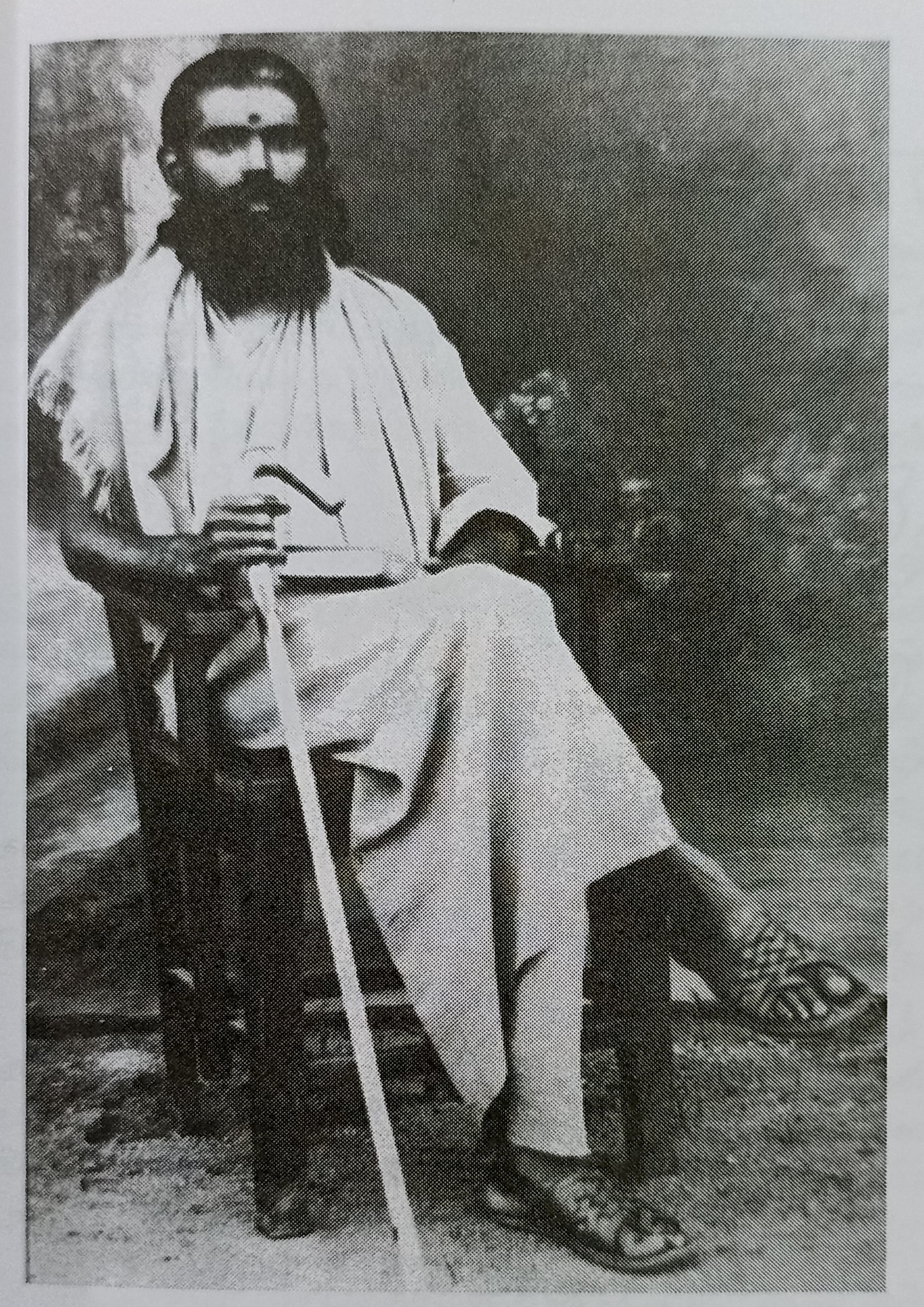 Neelakandan, who campaigned for revolution in Tamil Nadu, was influential enough to mobilize 20,000 young Kambalathar Nayaks (descendants of Kattabommu) and 6,000 Maras in the cause of national liberation.
Neelakandan, who campaigned for revolution in Tamil Nadu, was influential enough to mobilize 20,000 young Kambalathar Nayaks (descendants of Kattabommu) and 6,000 Maras in the cause of national liberation.
In 1911, Nilakanda Brahmachari's disciple Vanchinathan, after being guided by V.O.C, assassinated the district collector Robert Ashe, in the Maniyachi station. The secrets of the revolution in Tamil Nadu were thus exposed when Ash Durai was shot and killed. Neelakandan was given seven years of rigorous imprisonment for the anti-Rajat revolution, made the first accused in the unrelated Ash murder case.
In 1914, as planned, Germany launched the first World War. Neelakanda Brahmachari escaped from jail, but was unfortunately caught on the third day. Also was sentenced to six months. Finally, after eight years in prison, he came out in 1919. Nobody dared to support him. Poverty prevailed. In 1921, he sought Bhartiyar's house. Bharathiyar was kind enough to provide him with food and shelter for three days. It is also evident from his disclosure that Neelakanda Brahmachari made a visit to Coimbatore where he stayed in the house of C.K. Subramaniya Mudaliyar and received money during his post jail days.
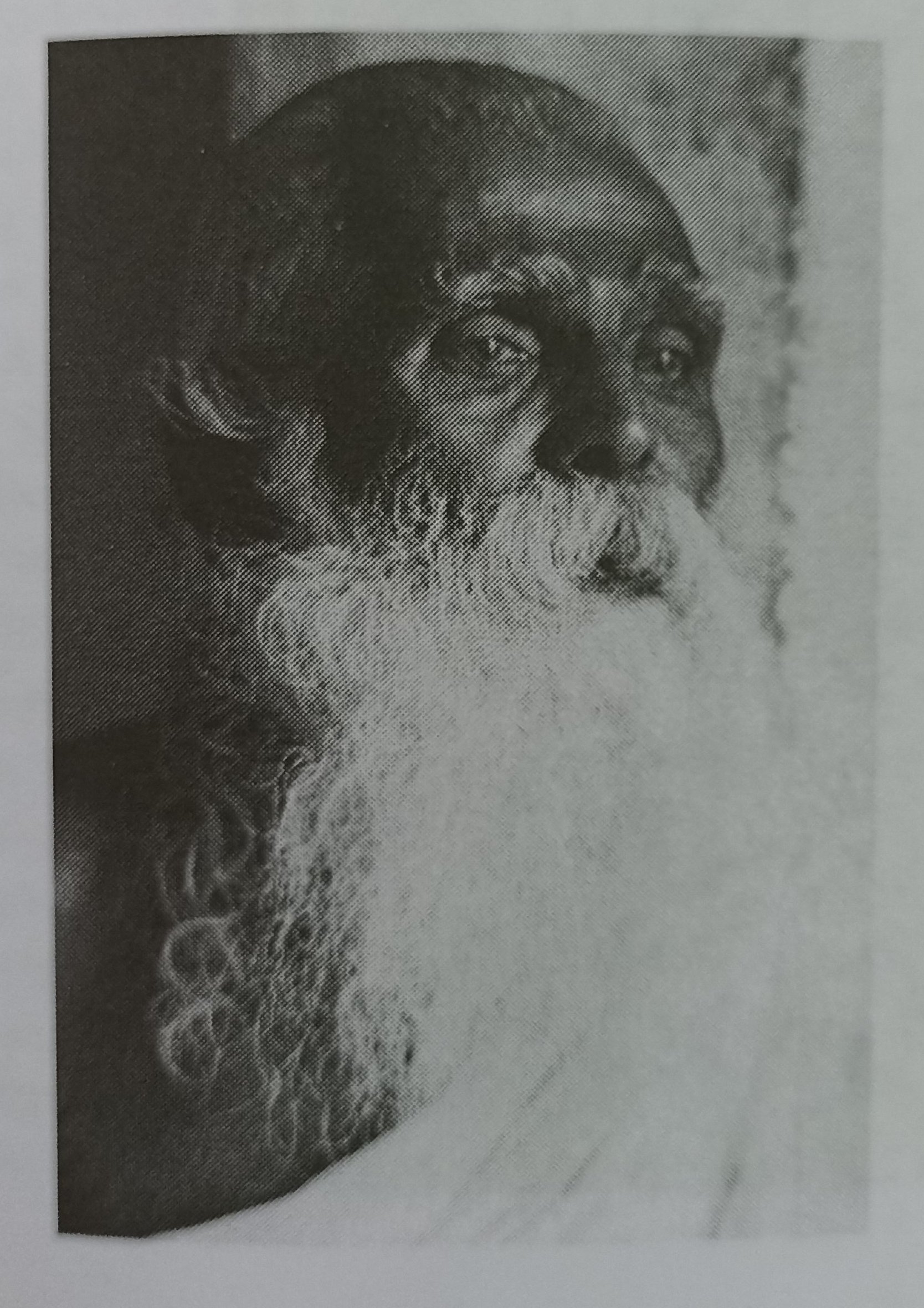 In 1921, on the last day of Bharathiyar, Neelakanda Brahmachari was one of those present all night. After Bharti's death Neelakandan along with comrade M. Singhara Velu Chettiar advocated Communism. He was arrested for the same and had to spend ten years in prison.
In 1921, on the last day of Bharathiyar, Neelakanda Brahmachari was one of those present all night. After Bharti's death Neelakandan along with comrade M. Singhara Velu Chettiar advocated Communism. He was arrested for the same and had to spend ten years in prison.
His tribulations in prison turned him to soul-searching. All his frustrations subsided. He came out of Rangoon Jail in 1930, lived in Chennai for a year writing articles for newspapers and became a Paradesich Sadhu from 1931.
Being a sadhu he gained acolytes of princely families. There was a lot of companionship. In the end he renounced them too and wandered about, finally setting up an ashram in seclusion near a town called Thandi in the Kolar district of Mysore. Riven Thenpannayaru ran across his ashram making it more divine. A revolutionary Sadhu named Sadhguru Omkar, died in March 1978 at the age of 88. He has written three excellent books Mei oppudhal, Ubadhesam and Therndhedutha sorpolivugal.
The journey of a rebellious young Neelakanda Brahmachari into a reverent Sadhguru Omkar is worth remembering in the 75th year of Independent India.
Vande Mataram!
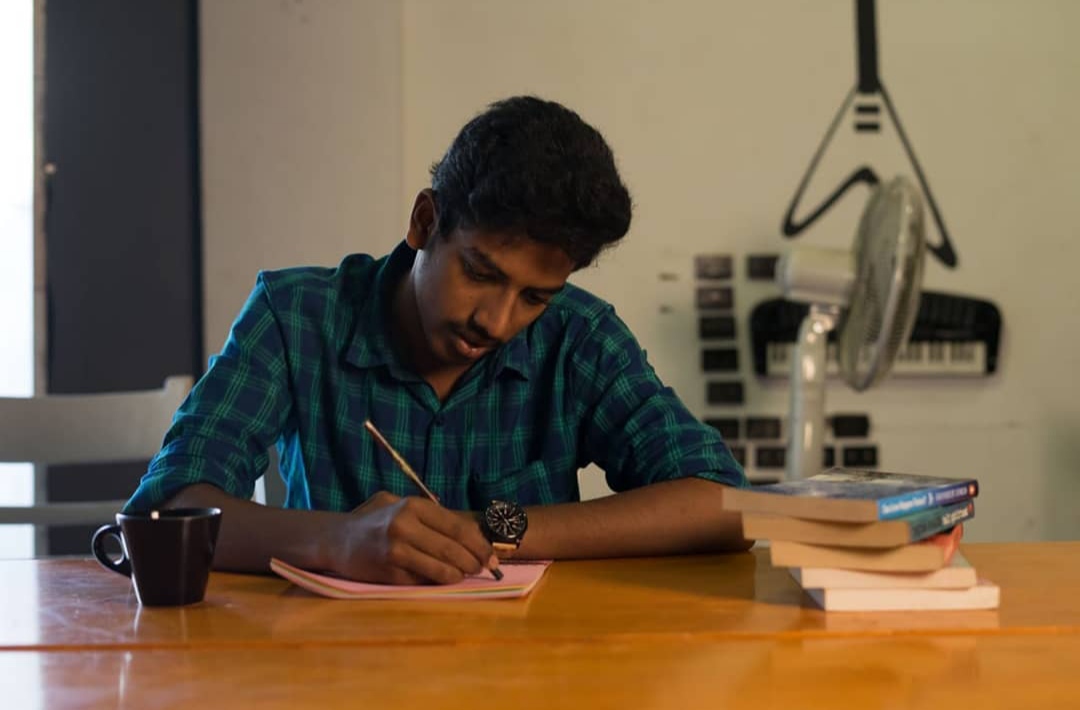 Vigneshvaran is the Special Correspondent of the company. He is a graduate of English Literature with keen interest in Indian culture and tradition. He has authored the book Halahala - Corona Outbreak 2020. He writes poems in both English and Tamil. He is also an excellent orator.
Vigneshvaran is the Special Correspondent of the company. He is a graduate of English Literature with keen interest in Indian culture and tradition. He has authored the book Halahala - Corona Outbreak 2020. He writes poems in both English and Tamil. He is also an excellent orator.
NEXT ARTICLE
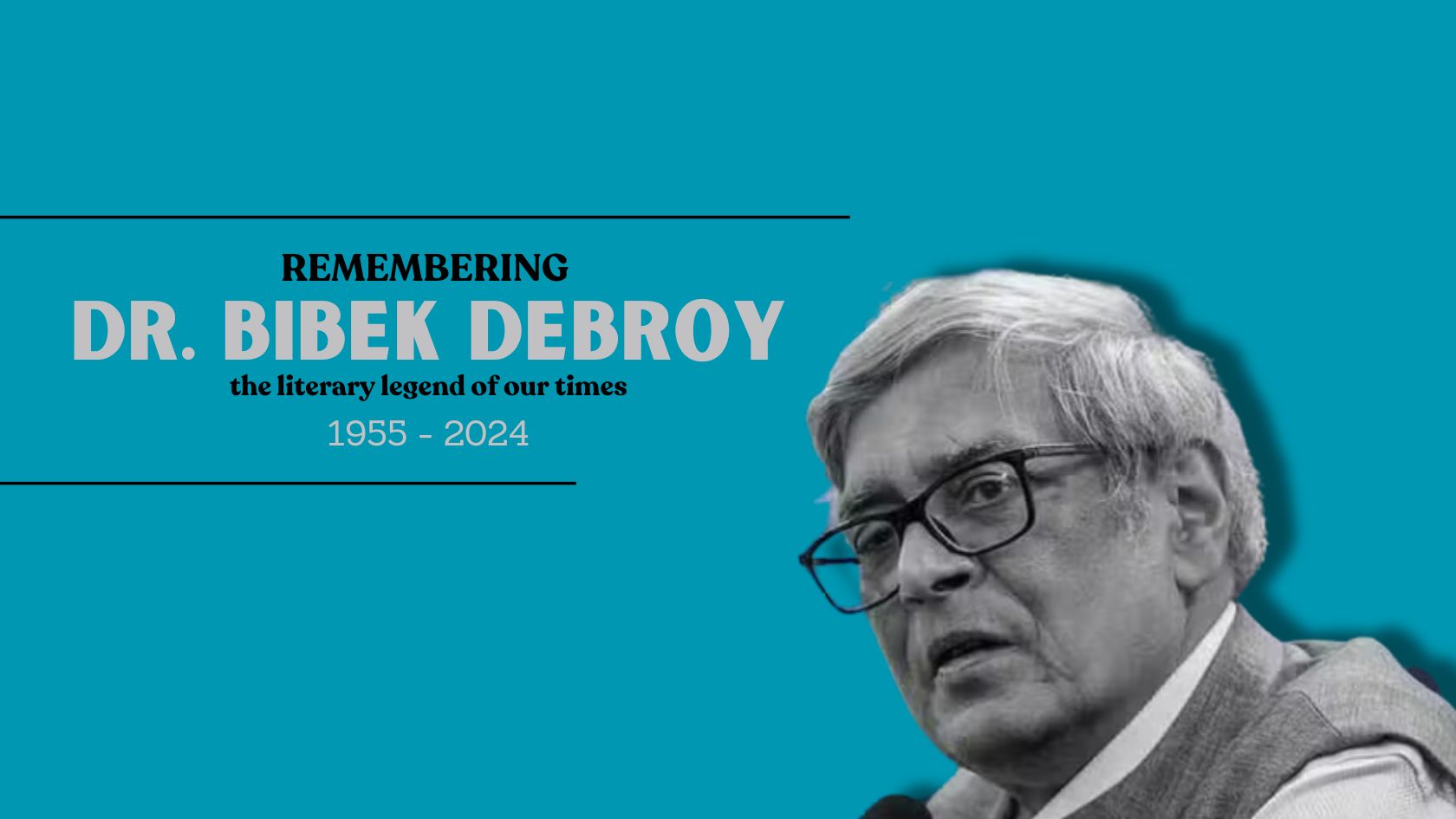
All authors who write about the Mahabharata have to read its unabridged version. The most popular unabridged translation used to be the one by Kisari...
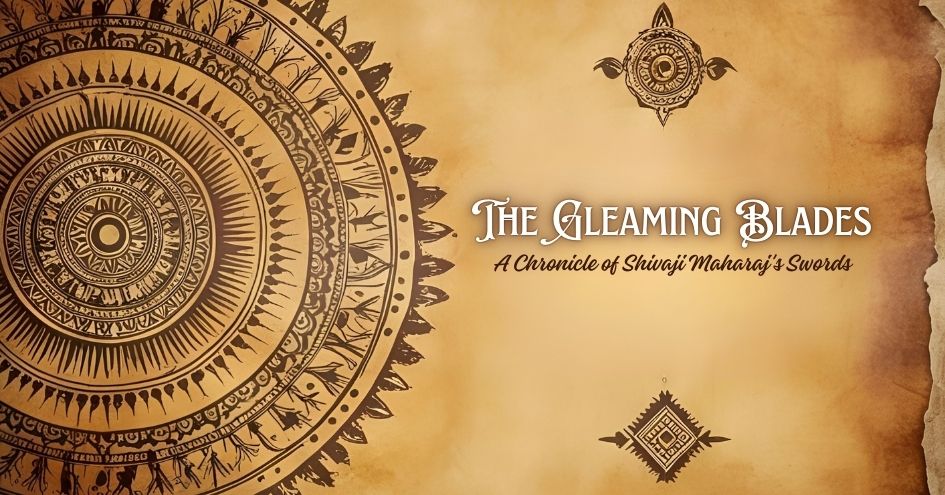
In the annals of Bharat Varsh, amidst the swirling mists of time and legacy, emerges the figure of Chhatrapati Shivaji Maharaj, a warrior whose name e...